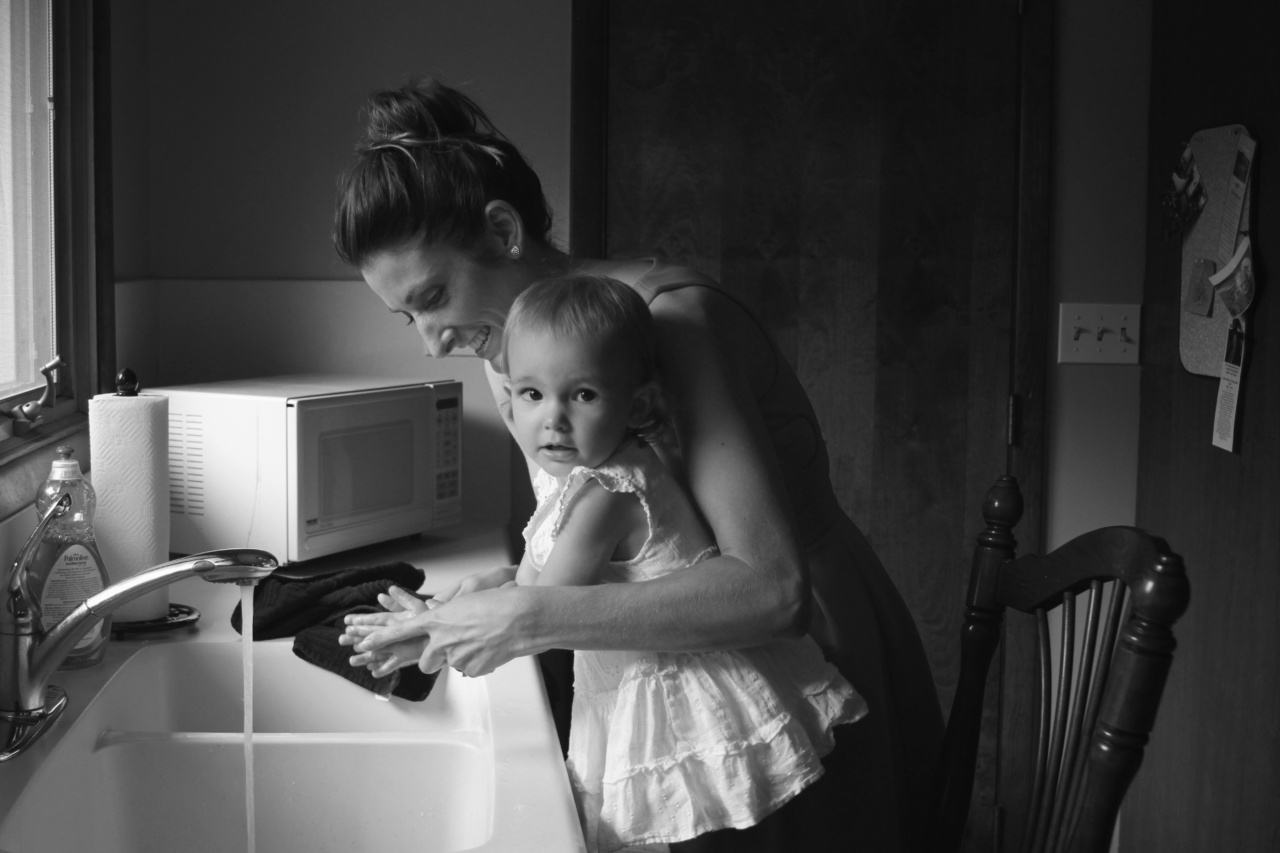Handwashing is one of the most important habits for kids to learn. Proper hand hygiene prevents the spread of germs and helps keep children and those around them healthy.
In this ultimate guide, we will cover everything you need to know about kids handwashing, including why it is essential, when and how to wash hands, handwashing techniques, tips for getting kids to wash their hands, and more.
Why is Handwashing Essential for Kids?
Handwashing is essential for kids as their immune systems are still developing, making them more susceptible to infections and illnesses. Children often touch their faces, eyes, mouths, and noses, which allows germs to enter their bodies.
Proper hand hygiene helps remove harmful bacteria and viruses, reducing the risk of infections like the common cold, flu, and more.
When kids practice good hand hygiene, they lower the chances of spreading germs to family members, friends, and the community.
Handwashing is especially crucial during certain times, such as before and after meals, after using the restroom, after playing outside, and after sneezing or coughing.
When and How to Wash Hands
Teaching kids when and how to wash their hands is crucial in instilling good hygiene practices. Here are some key moments when handwashing is necessary:.
1. Before Eating
Prior to every meal and snack, children should wash their hands. This helps eliminate any germs that may be present on their hands and prevents the transmission of bacteria to their food.
2. After Using the Restroom
After using the toilet, it is essential for kids to wash their hands. This step is necessary to remove any bacteria or viruses that may have been picked up while using the restroom.
3. After Playing Outside
Children often come into contact with different surfaces and objects while playing outside. Washing hands after outdoor play helps eliminate dirt, germs, and potential allergens, decreasing the risk of infection.
4. After Sneezing or Coughing
Kids should be encouraged to wash their hands after coughing or sneezing into their hands, using a tissue, or their elbow. This practice prevents the spread of germs and helps maintain cleanliness.
Now that we know when to wash hands, let’s discuss the proper handwashing technique:.
The 7 Steps of Effective Handwashing
1. Wet your hands under clean, running water. Adjust the water temperature to a comfortable level for children.
2. Apply enough soap to cover all surfaces of your hands, including palms, backs, fingers, and nails.
3. Rub your hands together to create a lather. Make sure to scrub all areas, including the front and back of the hands, between fingers, and under nails.
4. Keep rubbing your hands together for at least 20 seconds. A useful trick for kids is to sing the “Happy Birthday” song twice during this time to ensure they wash for the recommended duration.
5. Rinse your hands thoroughly under running water, ensuring all soap is removed.
6. Dry your hands using a clean towel or air dryer. Teach kids not to wipe their hands on their clothes.
7. If possible, turn off the faucet using a paper towel to avoid recontaminating your clean hands.
Tips for Getting Kids to Wash Their Hands
Getting kids to wash their hands can be a challenge, but with some creative strategies, it can become a routine. Here are some tips to encourage your children:.
1. Lead by Example
Kids learn a lot by observing their parents. Let your children see you washing your hands frequently. Emphasize the importance and make it a regular practice in your household.
2. Make it Fun
Add an element of fun to handwashing to engage your kids. Sing a special handwashing song or make up a fun rhyme that lasts for 20 seconds to ensure they wash their hands for an adequate duration.
3. Use Kid-Friendly Soap
Invest in colorful and fragrant soaps that are designed specifically for kids. This can make handwashing more enjoyable and exciting for them.
4. Provide Visual Reminders
Hang visual reminders near sinks or in the bathroom. You can use colorful posters that illustrate the handwashing steps or display handwashing charts that reward your child for consistent hand hygiene.
5. Incorporate Handwashing into Daily Routine
Make handwashing a regular part of your child’s daily routine. Encourage them to wash their hands upon waking up, before meals, after using the restroom, and before bedtime. This helps reinforce the habit and ensures consistency.
Conclusion
Teaching kids the importance of handwashing and establishing good hygiene habits is crucial for their overall health and well-being.
By following the proper handwashing technique and incorporating it into their daily routine, children can reduce the risk of illness and prevent the spread of germs to others. Remember, good hand hygiene starts with us, parents and caregivers, as we lead by example. Together, let’s promote proper handwashing and create a healthier future for our kids.































